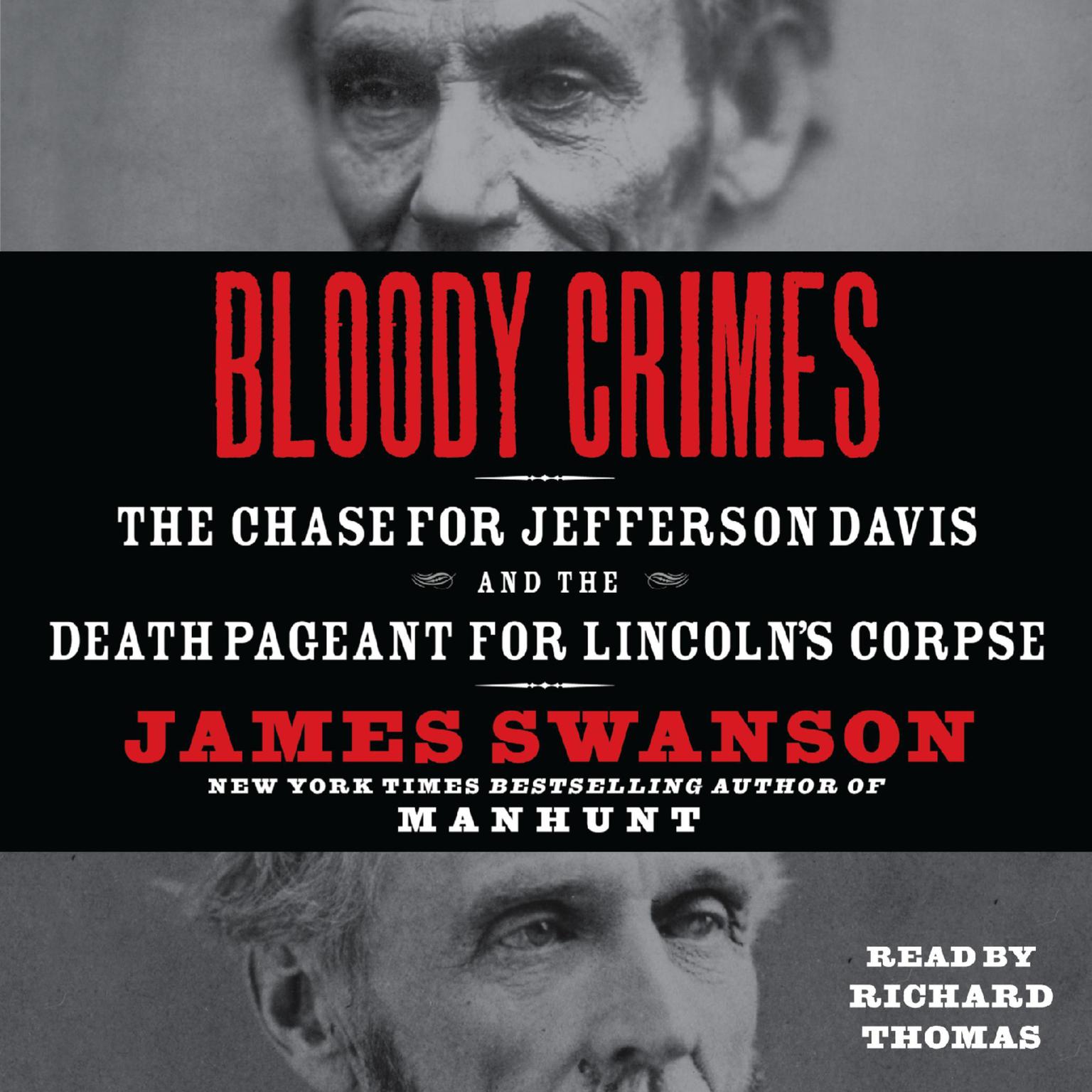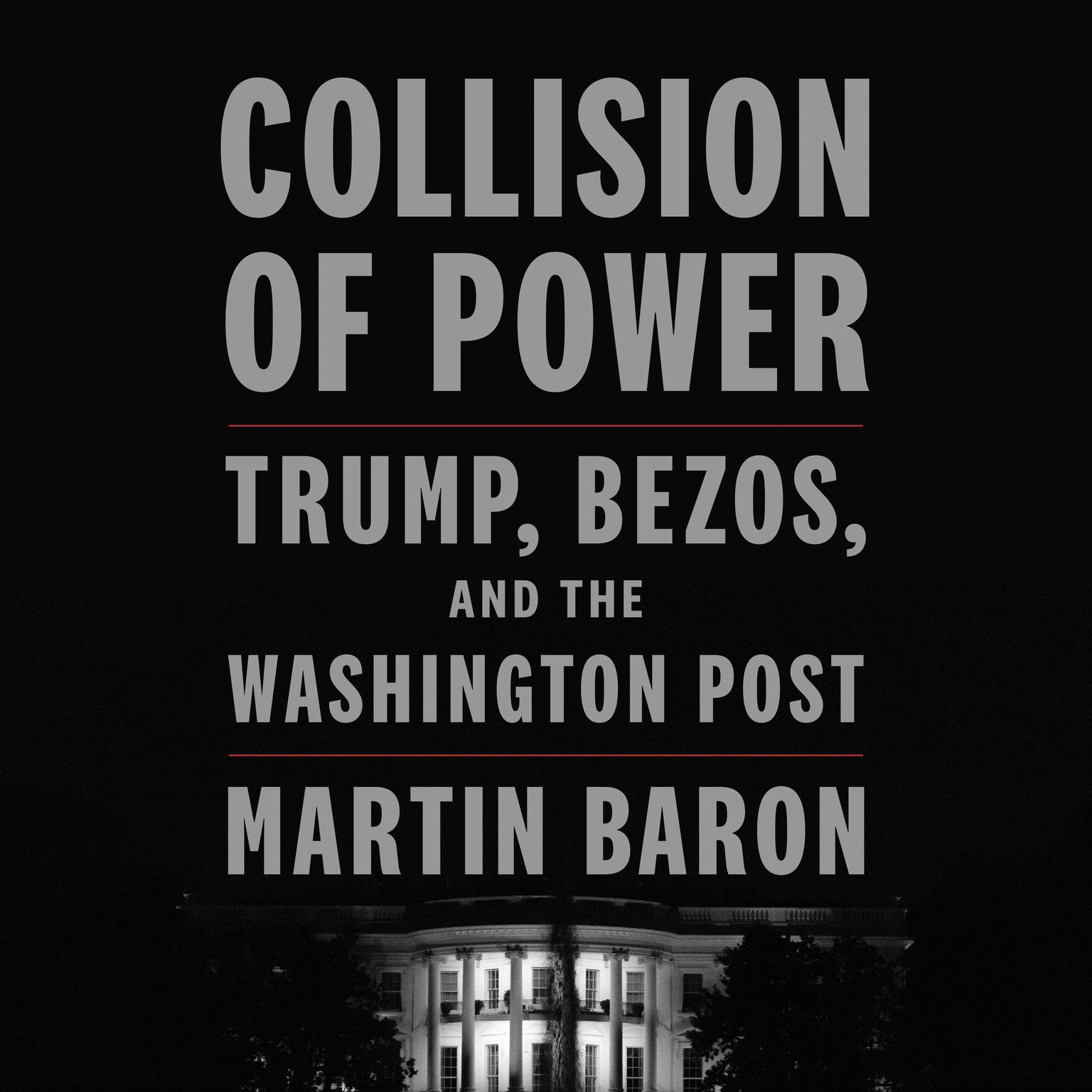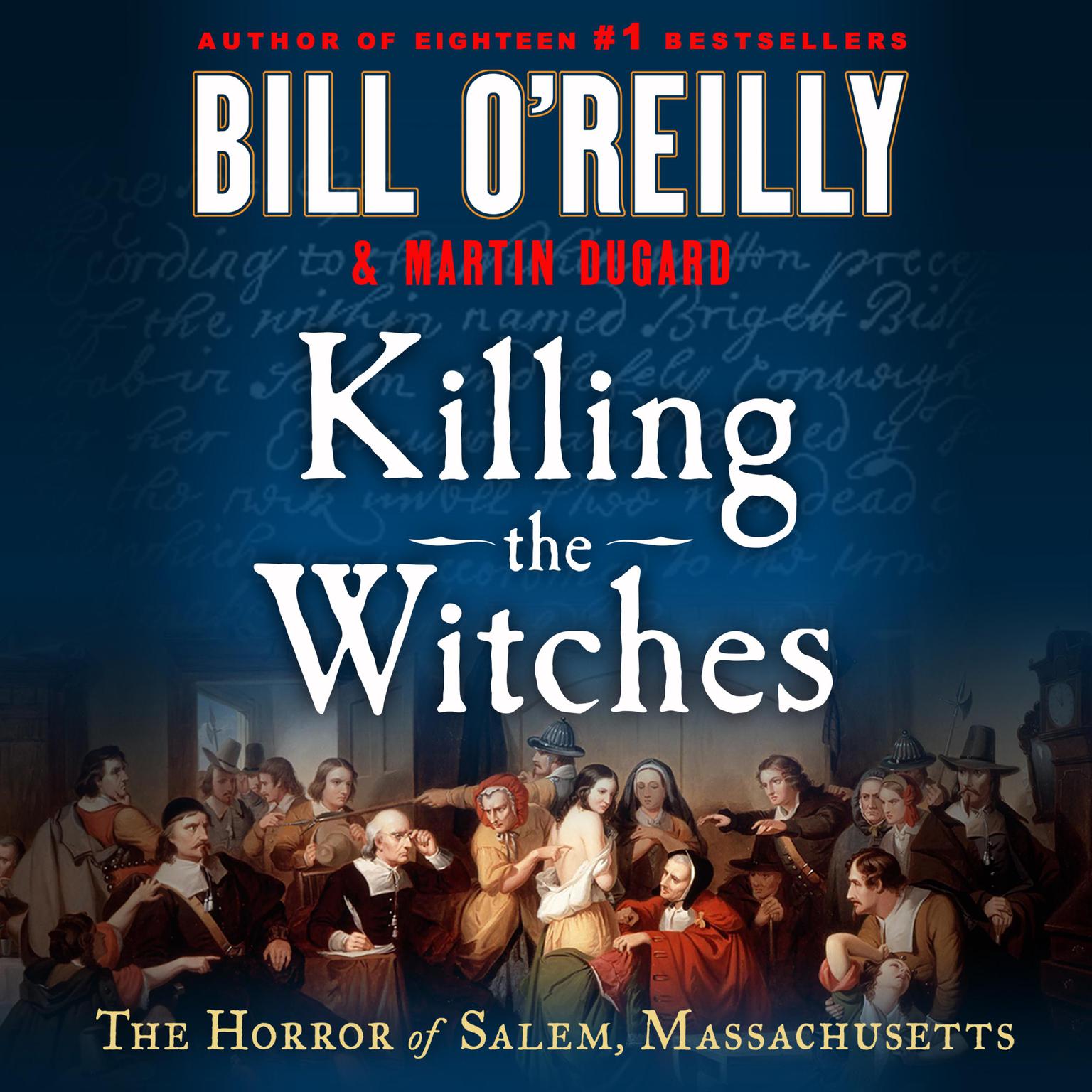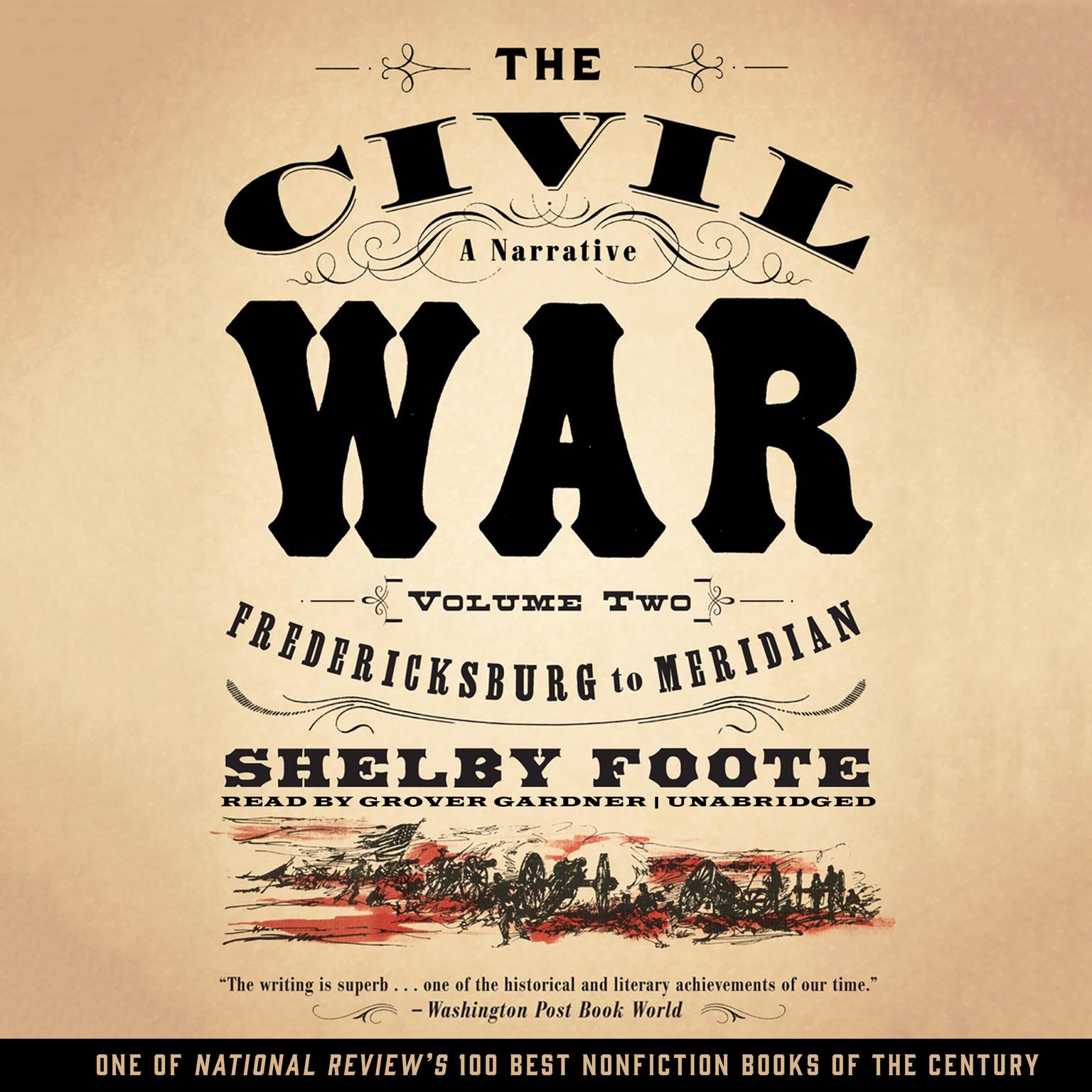Publisher Description
In Bloody Crimes, James L. Swanson—the Edgar® Award-winning, New York Times bestselling author of Manhunt—brings to life two epic events of the Civil War era: the thrilling chase to apprehend Confederate president Jefferson Davis in the wake of the Lincoln assassination and the momentous 20 -day funeral that took Abraham Lincoln’s body home to Springfield. A true tale full of fascinating twists and turns, and lavishly illustrated with dozens of rare historical images—some never before seen—Bloody Crimes is a fascinating companion to Swanson’s Manhunt and a riveting true-crime thriller that will electrify civil war buffs, general readers, and everyone in between.
Download and start listening now!
“Yes, I know that I have been reading a lot of books about dead Presidents lately, but I couldn’t resist this one when I saw it in the library. This book is a juxtaposition of two stories. The first is an account of the final two weeks of Abraham Lincoln’s presidency, his assassination, and the 20 days from his death until his burial in Springfield, Illinois. The second is the tale of the chase for the President of the Confederacy, Jefferson Davis, from when he fled Richmond on April 2, 1865 until his capture in Georgia the next month. These stories are told in parallel lines and the chapters jump back and forth between the account of the Lincoln funeral train and the hunt for Jefferson Davis. As Lincoln’s train headed north making numerous stops along the way where his casket was paraded through city after city and opened at each stop so that a grieving nation could pay honor to his rapidly deterioring embalmed corpse, Jefferson Davis headed south trying to evade Union troops who were searching for him and trying to escape across the Mississippi River, to Cuba, or to Mexico. An interesting account of the end of the Civil War and the elevation of two men. Lincoln, because of his assassination became a secular saint, and Jefferson Davis, imprisoned for two years and then released on parole to prevent him from becoming a martyr became the living symbol of the South’s lost cause. Rich in detail, this book captures the mood of the country, in both the north and the south, at the end of the long and bloody Civil War.”
—
Judy (4 out of 5 stars)











